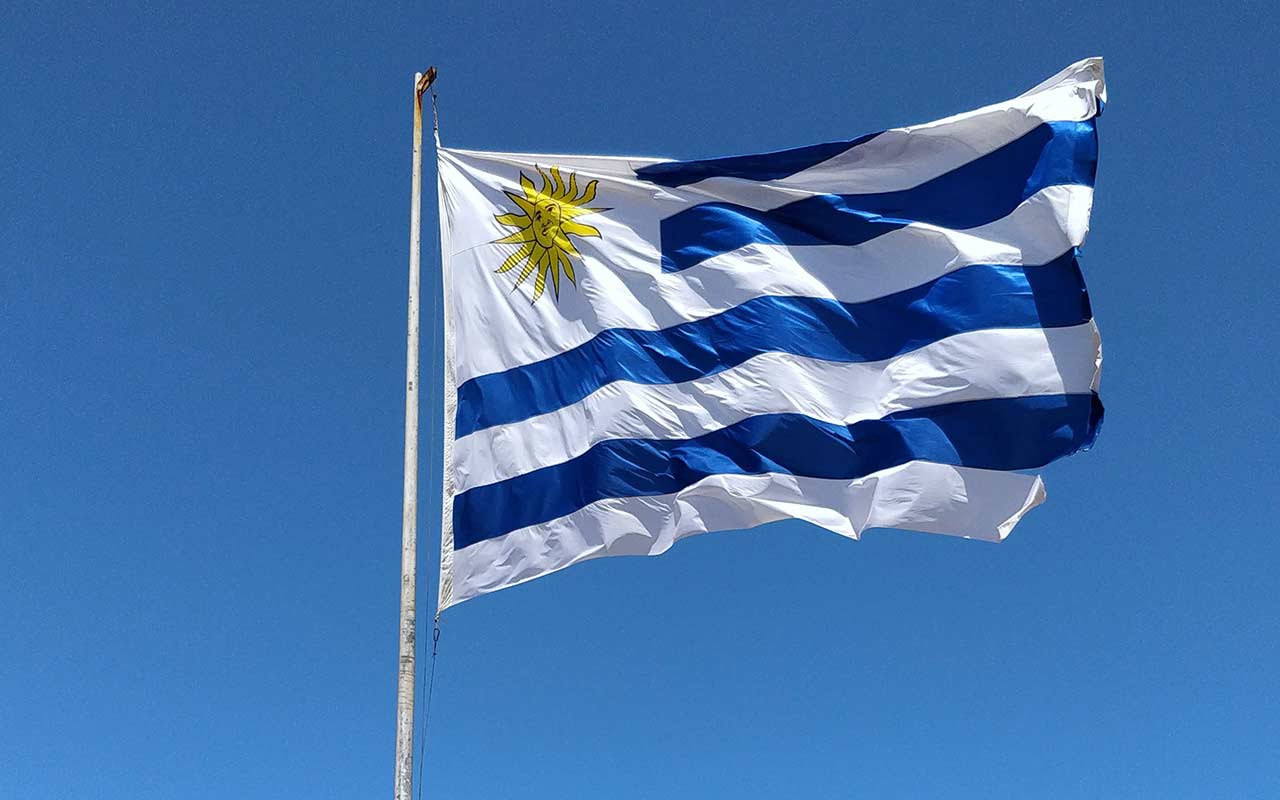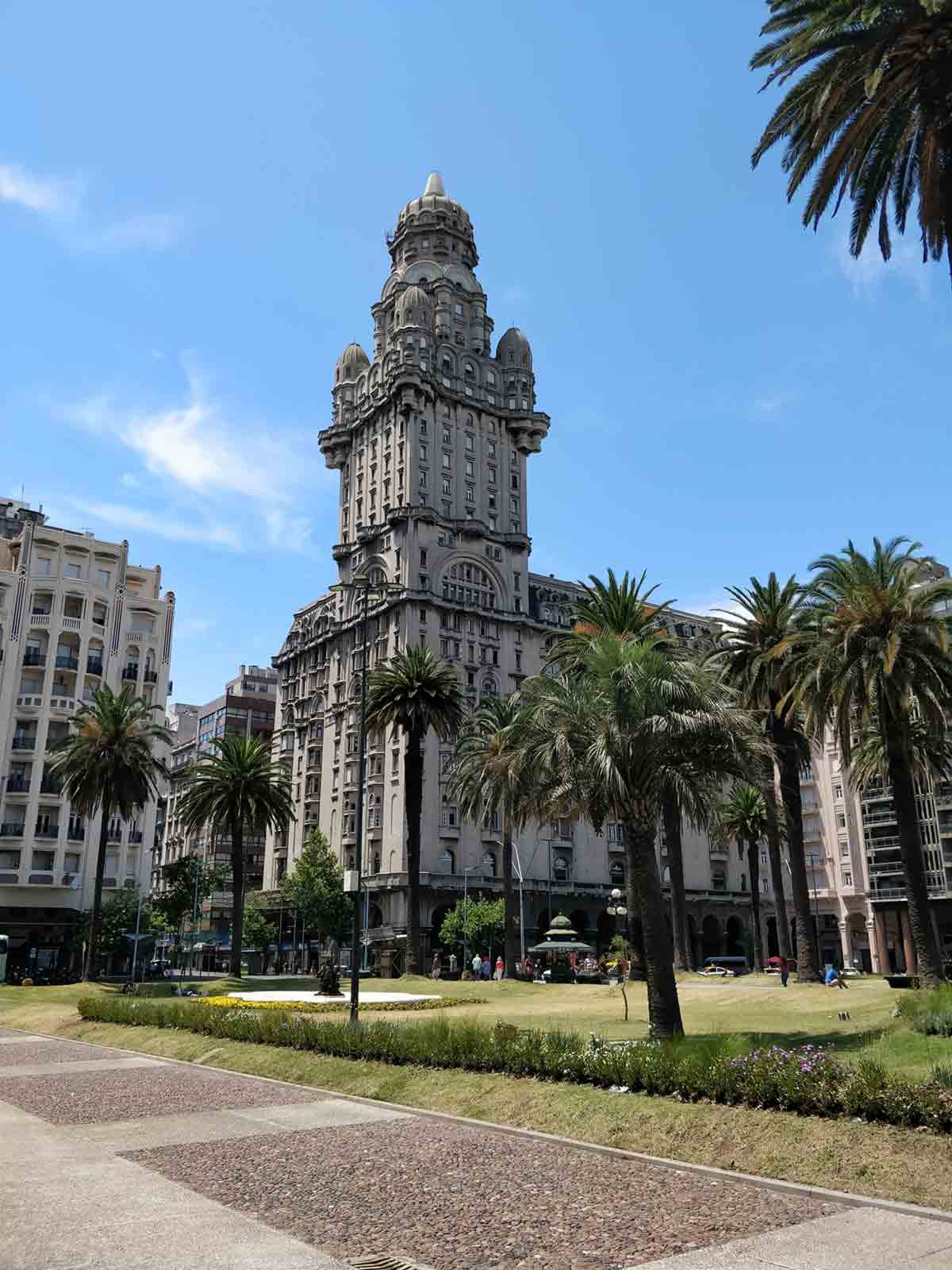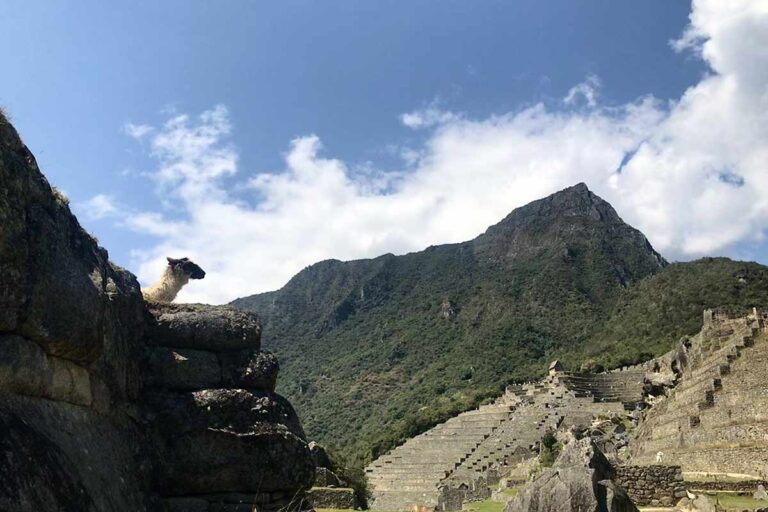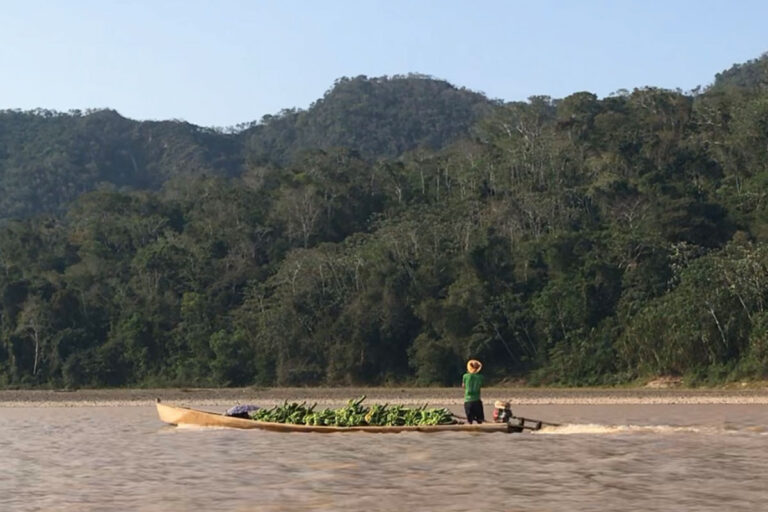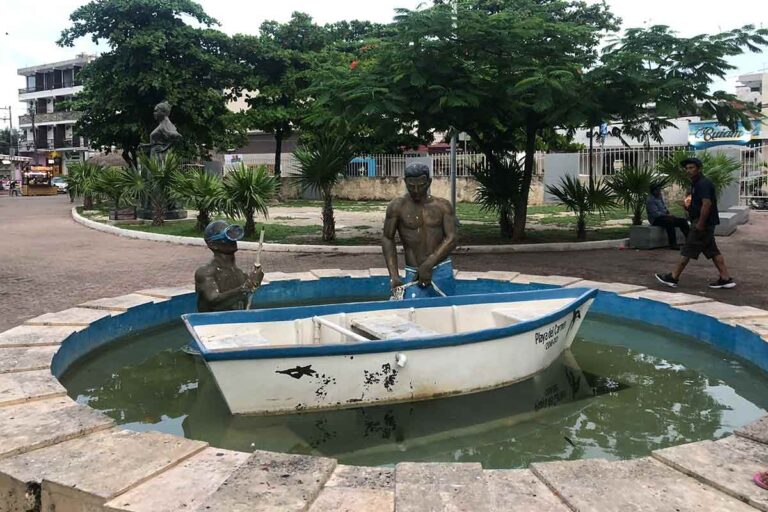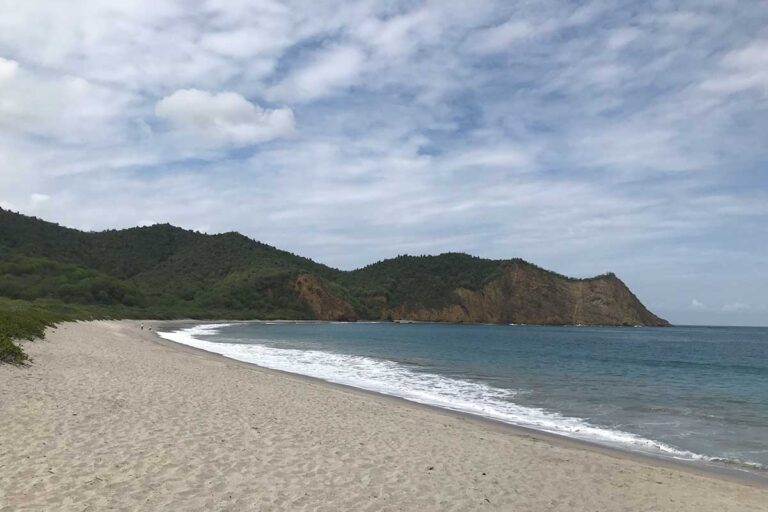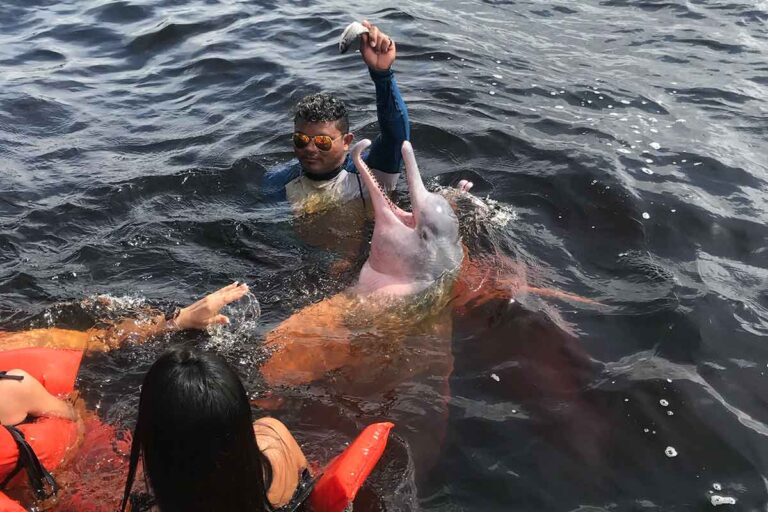Backpacking Uruguay Itinerary
Welcome to this backpacking Uruguay itinerary.
Uruguay is tucked between Argentina and Brazil, and it’s a lovely place to visit.
Due to its political stability and free educational system, it’s known as the Switzerland of South America.
Backpacking Uruguay Itinerary
Uruguay is known for many things and it has lots to offer so by adding it to your backpacking South America itinerary you’ll have a lot of fun exploring.
This Uruguay travel itinerary can provide some guidance so you can spend 2 weeks in Uruguay having the time of your life and exploring some of the most wonderful locations the country has to offer.
Is Uruguay Worth Visiting?
The smallest country in all of South America, Uruguay is really popular among backpackers.
With its stretch of wild, Atlantic Coast, colonial towns and gaucho culture, Uruguay is often one of those countries where travelers end up spending a lot more time in than originally planned.
Whilst a little more on the expensive side, here you can expect more safety and stability, as well as much shorter travel distances compared to the rest of South America.
BLATAM backpacking data:
- 💰 Currency: Uruguayan Peso
- 🇺🇾 Language: Spanish
- 🌎 Population Size: 3.5 Million
- 📍 Best Secret: Punta del Diablo
- 🍴 Eat: Chivito
- 🥛 Drink: Dunbar Whisky
- 💸 Average Daily Budget: $20-25
Uruguay Itinerary Map
Is Uruguay Safe?
Uruguay is one of the safest places to visit in Latin America, so if this is your first trip to South America, this is a good place to start.
- Don’t flaunt your valuables.
- Avoid risky neighborhoods or places, especially at night.
- Dress to blend in, not to stand out.
- Don’t bring expensive clothes or jewelry on the trip.
- Avoid empty and poorly lit streets.
However, you still need to take precautions because though it’s politically stable and it has a lower crime rate than other South American countries, it doesn’t mean you can let your guard down completely.
At the end of the article, we will provide some useful helpful tips to help you feel more confident and safe.
Safety facts about Uruguay ?
- The best way to evaluate safety is by looking at the 2020 Global Peace Index. This measures the state of peace of each country in comparison with the rest of the World, by evaluating both tangible and qualitative indicators.
- Uruguay ranked as 35th out of the 163 nations measured, which is similar to that of Latvia and slightly better than Spain. For comparison, The United States ranked as 121st.
- The safest country in all of South America, Uruguay is one of the most stable both politically and in terms of having low crime levels. Whilst some parts of Montevideo can have problems (especially in the outskirts of the capital), the majority of the city is very safe.
- The rest of the country is also pretty safe. The only issue to be aware of is that theft from vehicles is a risk in Uruguay, so keep valuables out of sight where possible.
See this guide on safety in Uruguay for more detailed tips on staying safe.
Uruguay Backpacking Itinerary
If you are planning your trip to Uruguay, you’ll quickly realize there are many safe options that’ll help you feel comfortable when trip planning.
Colonia del Sacramento
Your Uruguay backpacking trip can start in Colonia del Sacramento where you can spend the first couple of days.
Most travellers arrive in Colonia by boat from Buenos Aires in Argentina. If you are waiting to go, then we recommend pre-booking your ferry tickets here.
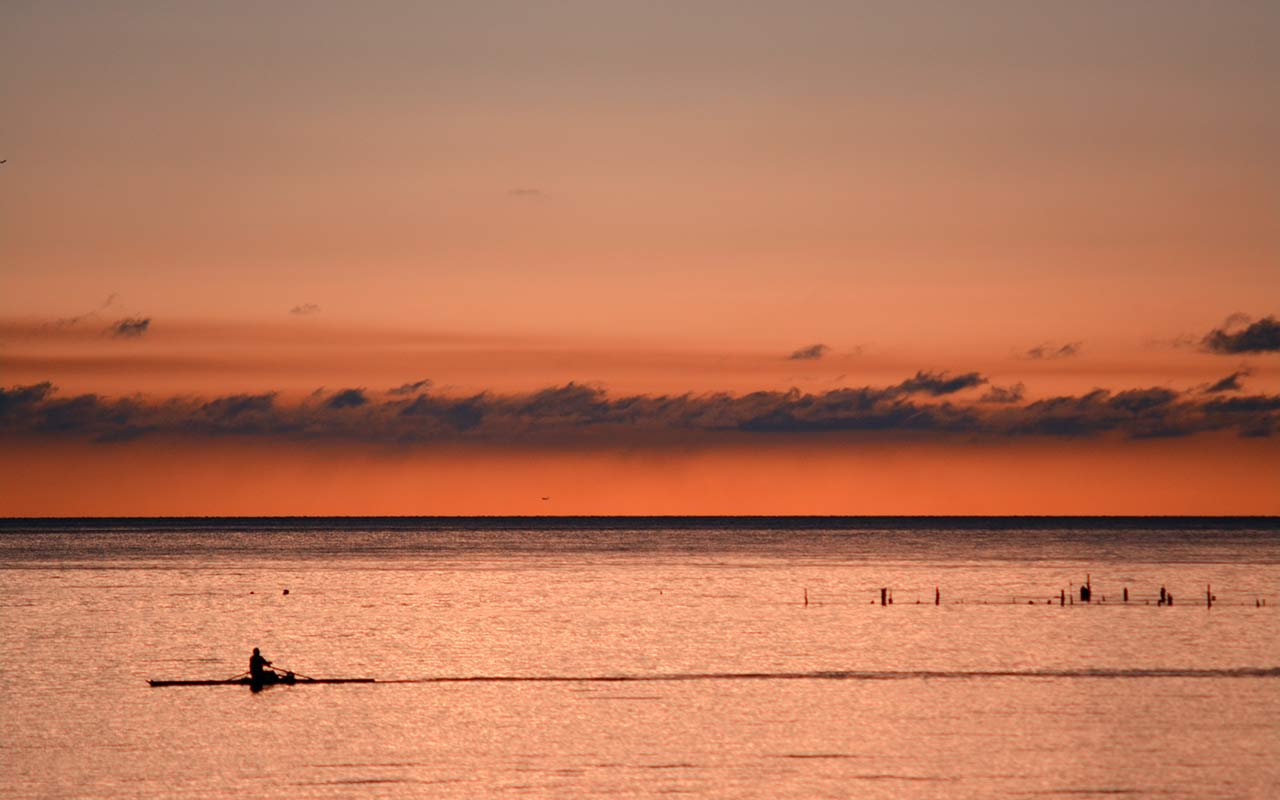
This is a pristine and historic town that will give you a great first impression of the country. You can explore the downtown area, walk down cobblestone roads, walk on the water’s edge and enjoy the views of Río de la Plata.
You should also visit the lovely park by Basílica del Santísimo Sacramento, visit the drawbridge, go to the lighthouse, and so much more.
Montevideo
From day 3 to 5, you can enjoy what Montevideo has to offer. The capital is exciting and going to the center of town will give you access to all the sights you can’t miss.
Cabo Polonio
Days 9 to 11 can be spent at Cabo Polonio. Take your time exploring or you can just relax at the beach and enjoy one of the last stops of your adventure in the country.
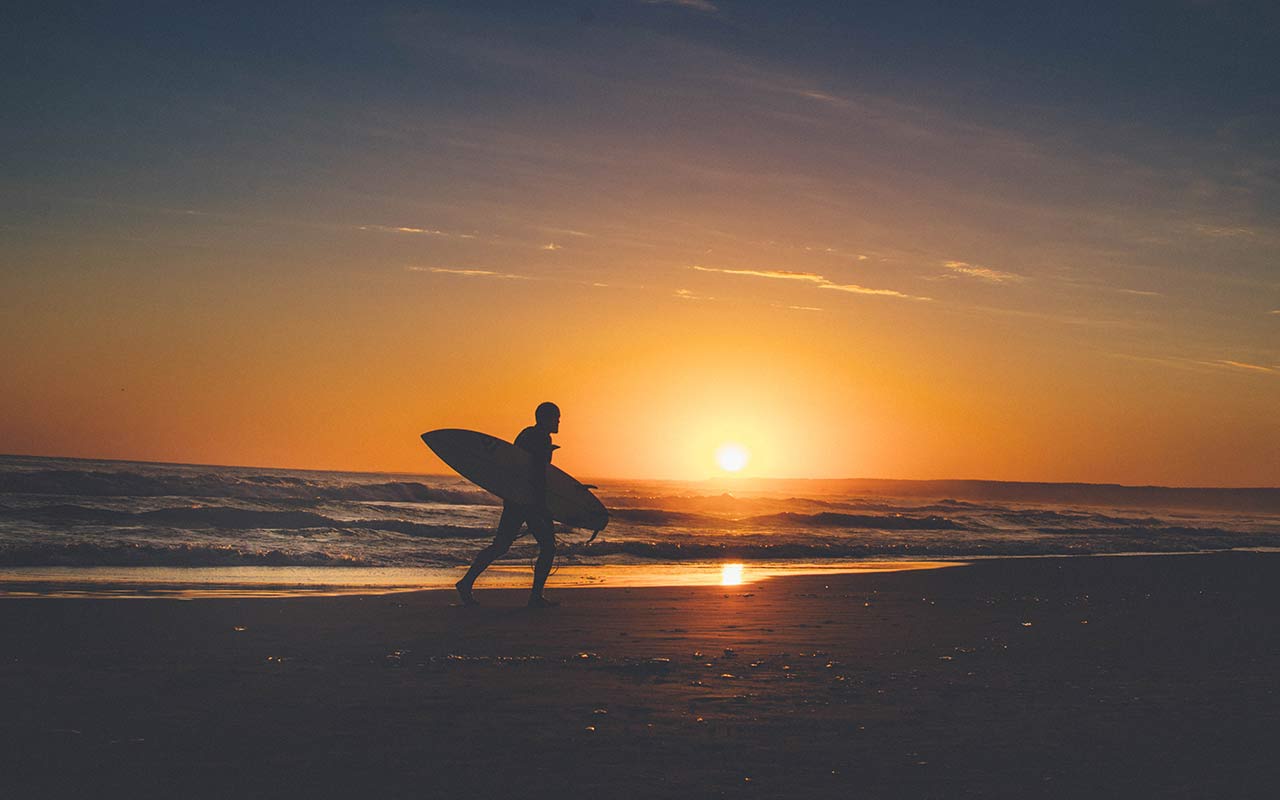
Cabo Polonio will make you feel like you traveled to the past and it’s a lovely national park with just a few bars, and restaurants, so it’s perfect for a quiet time.
Punta del Diablo
Punta del Diablo is right up the coast from Cabo Polonio and it’s very well-known. It’s a small town connected by sandy streets, but the beaches are incredible and the surf is outstanding, so it’s the perfect place to relax and enjoy one of the most exciting water sports.
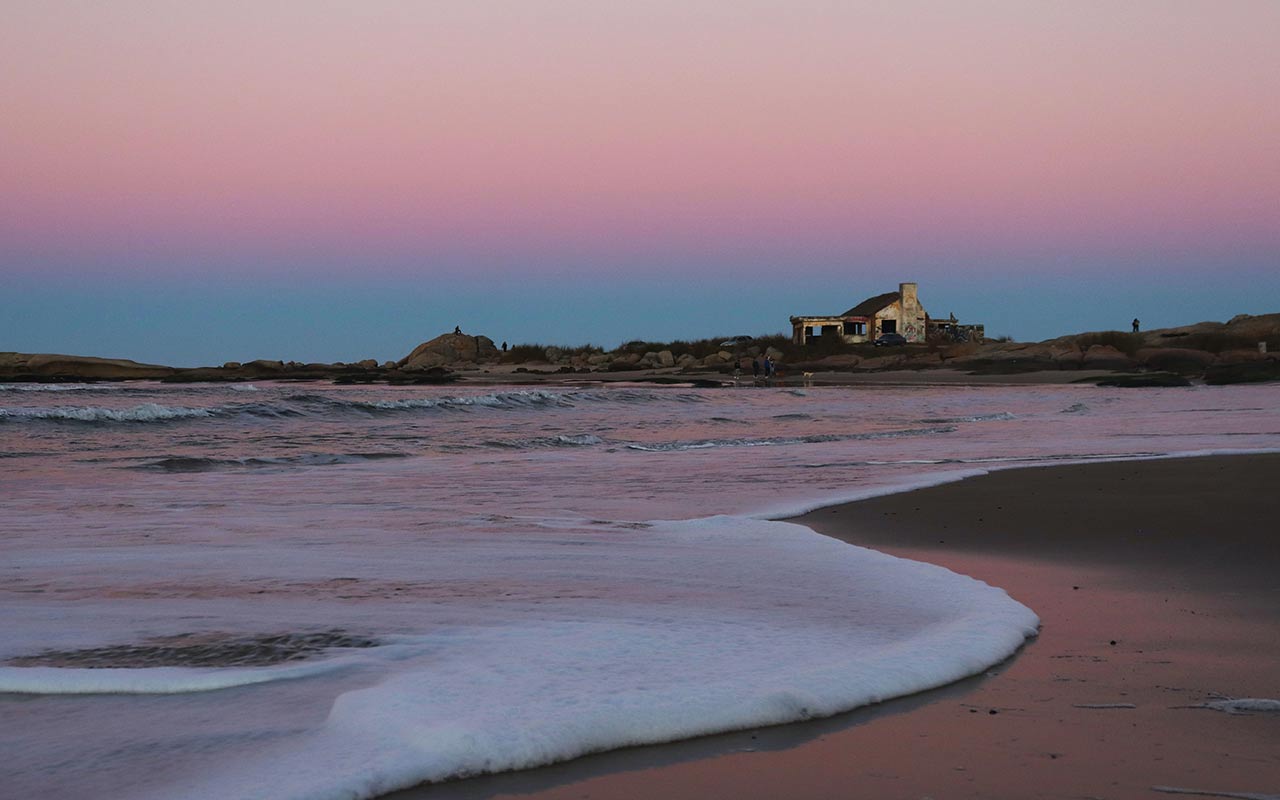
If you don’t know how to surf, you can rent a board and learn the basics so you can go home with a new skill. Playa Pescadores is the perfect place to see the sunset before you head to the final stop!
Punta del Este
Once you’ve explored Montevideo, you can move onto Punta del Este for days 6 through 8.
This is one of the coolest cities in Uruguay! Here you’ll find so many things to do, such as visiting Playa Brava and taking a picture with La Mano statue!
If you want to stay more time here why not have a stroll downtown, take a boat to Isla de los Lobos or Isla Gorriti? You can even explore the Maldonado district and its beaches, learn about the town of Manantiales, and more.
Those strapped for time can join this awesome day-tour of Punta del Este from Montevideo, where you’ll visit many of its top sights including La Mano as well as Cerro San Antonio
Barra del Chuy
The last stop of this Chile backpacking itinerary is Barra del Chuy, where you can take a domestic flight back to Montevideo, go straight back home, or go to Brazil and extend your trip.
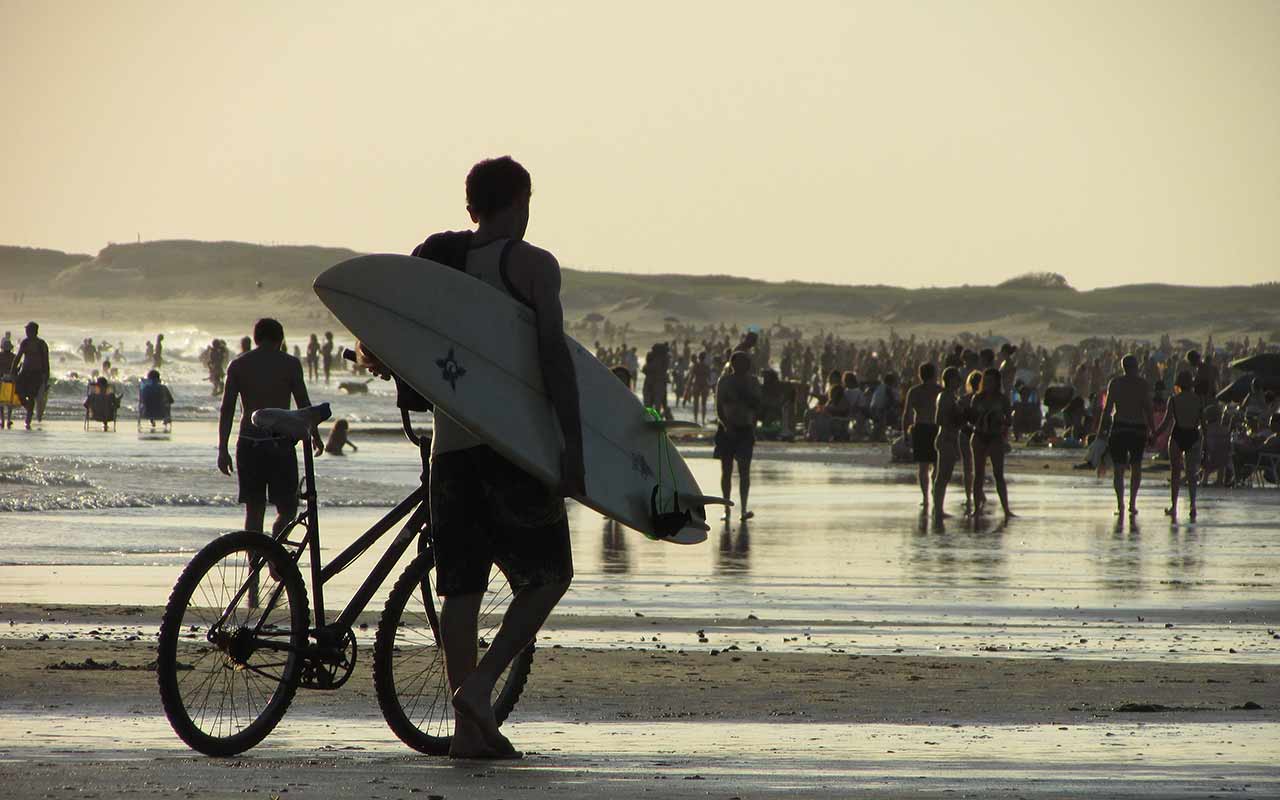
This is the last coastal resort in the country, so it’s a quiet and safe place where you can relax and have a nice time before you go back home. You can visit the dunes, explore the coast, or enjoy the nightlife.
When visiting more off-the-grid places like these in Uruguay, we strongly recommend bringing a high quality backpack with you that can handle all the elements,
Uruguay Itinerary (2 Weeks)
Now we’ll cover our very best itinerary of Uruguay. As well as keeping an eye on time, it’s also been designed to keep things fresh and exciting too for you.
Montevideo (Days 1-3)
We’ll first arrive in the capital of Montevideo, which lies along the nation’s Atlantic Coast. If you’ve been travelling in South America for a while, you’ll find Uruguay a breath of fresh air, and even more so in the capital.
Montevideo is known for its quaint architecture, with some of the best found within the Ciudad Vieja area. You’ll also want to spend time in and around the Plaza Independencia, which features a giant statue of Artigas – one of the most important people of Uruguay’s rich history.
This bike tour is a unique way of visiting all of the highlights here, where a knowledgeable guide will also share many great insights about Montevideo.
The Rambla, which runs along the coast, is great for an evening walk or swim in the sea, which also connects to some worthy beaches such as De Los Pocitos. Also be sure to head up to the Mirador Panorámico, which boasts the best views over Montevideo and The Atlantic Coast.
Punta del Este (Days 4-6)
From the capital we now take a 1.5 hour bus east to reach our next destination, Punta del Este.
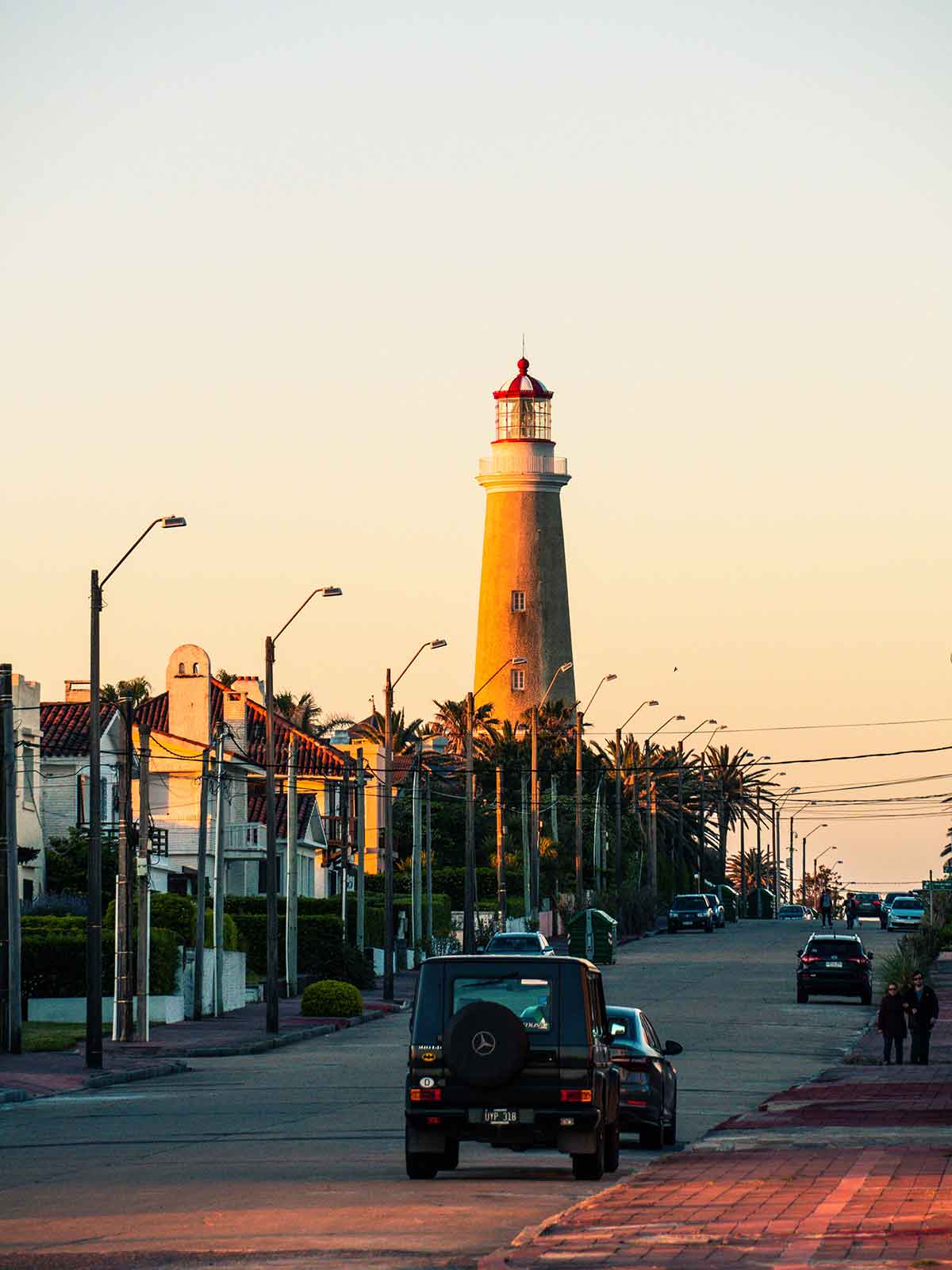
Thankfully (as you may already know), Uruguay is a pretty tiny country, and as such bus journeys are brief and can be done anytime of the day without losing much time.
Punta del Este is best known for its beaches, and here you’ll be able to relax in the sun and also get your groove on. Playa Mansa and Playa Brava are the two best beaches here, and with its “Miami-esque” backdrop of tall risers, you’ll find lots of quality eating options and bars all around.
Whilst on Brava, you can visit the incredible Fingers of Punta del Este, which is a sculpture of a giant hand rising from the sands. It’s a pretty awesome gem in itself, which was built in 1982 and continues to survive the endless rounds of stormy weather that attack it.
Colonia del Sacramento (Days 7-8)
We’ll now take the bus back to Montevideo, and then another bus onwards to Colonia. This trip in total will take around 5 hours.
This small town is the real gem of Uruguay, which was originally founded by the Portuguese and as such has some picturesque squares and architecture.
One of the best things to do in Colonia is to simply walk around, with Calle de los Suspiros as well as the Gallery of Sighs some of the most attractive sites.
Be sure to climb up El Faro, which is a lighthouse that houses some great views over the town and coast. You’ll also want to visit the ruins of The Convent of San Francisco, which whilst burnt down sometime in the 18th Century, yet the old imposing walls still stand to this day.
One of the best and most authentic things to do here is to join this Uruguayan Asado and Wine Tour. Here you’ll have a traditional lunch prepared for you, where you’ll also try different wines as you explore several wineries and olive plantations.
After exploring Colonia, our time in Uruguay now comes to an end. From here you have two options. Firstly you can head back to Montevideo to catch your international flight out of Uruguay.
Alternatively, you can take the ferry over from Colonia to Buenos Aires, and then begin your adventure wandering through Argentina.
And there we have our 1 week Uruguay itinerary. Now let’s move on to our most important tips, so you can have the best experience possible here.
Uruguay Travel + Safety Tips
Uruguay is safe to visit by South American standards, but you still need to be smart and take precautions while enjoying your Uruguay travel itinerary.
⬇️ Below you can find a list of our top recommendations for Uruguay:
- Mugging and pickpocketing are not unusual, so be aware of your surroundings.
- If you get mugged, don’t resist and give them what they ask.
- Plaza Independencia (Montevideo), Playa Brasa (Punta del Este), The Barrio Histórico (Colonia). See this list of top rated tours in Uruuguay
- Keep your bag close to you, especially in public transportation and crowded places.
- Natural disasters are not uncommon, so pay attention to the news and weather forecasts.
- Practice common sense and be wary of strangers acting odd or trying to distract you.
- Make it a priority to learn some Latin American Spanish before arriving to Uruguay because knowing just a few basic phrases goes along way.
- Whilst there are some good nightlife on the coast (Punta del Este certainly holds its weight), Montevideo is the nightlife capital of Uruguay. Some of the best clubs for tango music include Joventango and Plaza Liber Seregni. Head to La Ronda for an all-round good bar.
- Uruguay has many great regional dishes, with our favourite being Chivito, which is like a steak sandwich filled with cheese, tomatoes, eggs and other goodies.
- Look out for the top rated hostels in Uruguay for the most comfortable rooms and meeting like minded people etc.
- When in Uruguay, eat as the Uruguayans do! The Mercado del Puerto in Montevideo is one of the best places to eat authentic food from the country, which is also cheap and will save your wallet.
Having a safe trip is all about being cautious and avoiding common risks, which is true no matter what destination you go to. Keep these tips in mind and you’ll be fine!
Traveling Around Uruguay
Traveling around Uruguay by bus is actually a good idea because there are comfortable bus services that are not inexpensive.
The Tres Cruces terminal in Montevideo is amazing and you can check out their website to find all the information you need about buses going out and coming in.
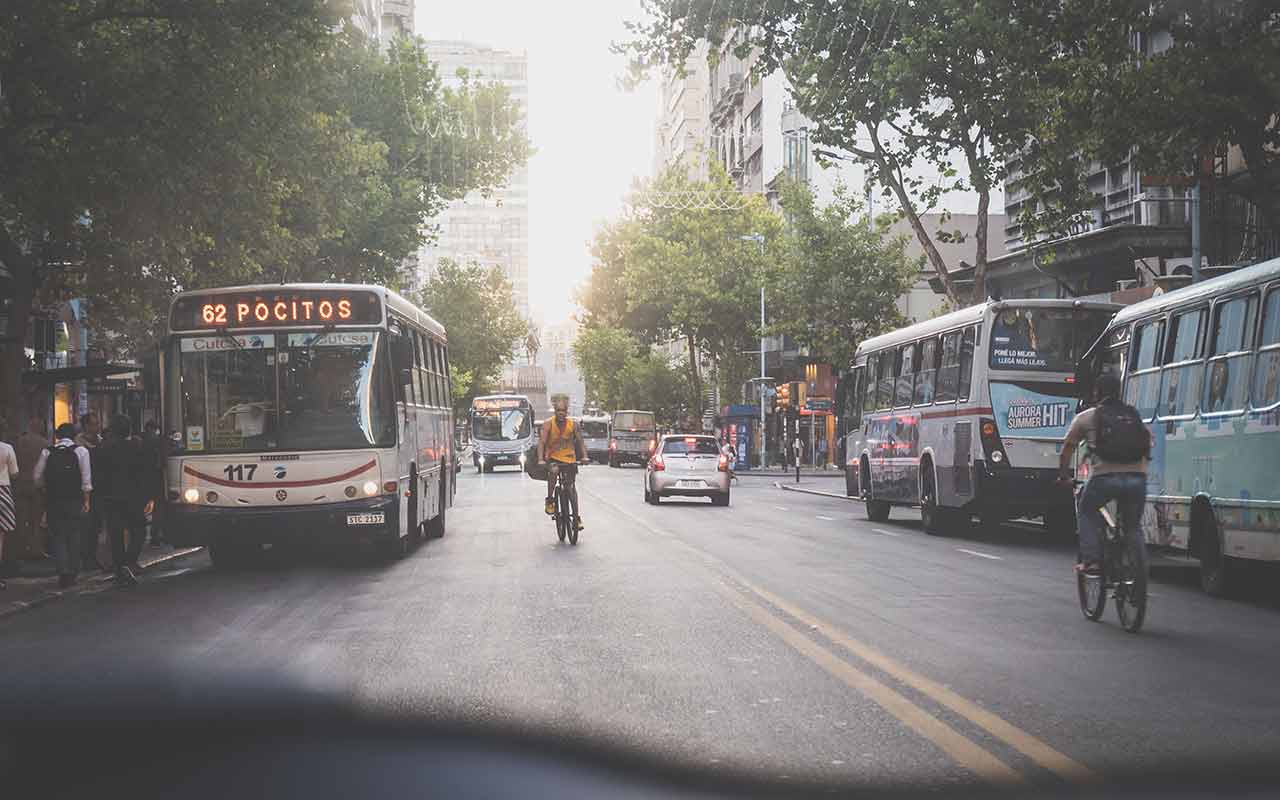
Booking in advance is the smart thing to do and most companies will allow you to do that 30 minutes before the buses leave and there’s no need for a deposit. Just do your research and plan your bus trips well.
Some of our favourite hostels in Uruguay include:
MedioMundo Hostel (Montevideo), Viajero Colonia Hostel (Colonia), B&B Punta Hostel (Punta del Este).
Best time to visit Uruguay
We’ve spoken a lot about the best time to go to South America on this blog (George is absolutely obsessed with checking the weather when we travel).
Due to its location in the Southern Hemisphere, Uruguay’s summer runs from November until February. Theses months are considered the best to visit this South American nation, as temperatures are at their warmest from between 70-75°F.
Rainfall is almost the same regardless of the time of year, with anywhere from 85-100mm falling throughout each month. Since we know that it’s pretty much guaranteed to have some showers, it’s best to bring this zip-tight Poncho to keep you nice and dry.
Even a visit during Uruguay’s winter season (from June until September) is pleasant, with temperatures averaging from 60-65°F. This is good for seeing cultural landmarks and towns, but not so good for swimming in the sea which can get bitterly cold.
What to pack for Uruguay
We’ve explored Uruguay and the best time to visit. Now it’s time to look at what you should pack on a trip here.
Uruguay’s climate is cooler than most of the other South American countries. With rainfall being pretty consistent throughout the year, it’s almost guaranteed you’ll have a shower or two so make sure to bring a poncho or light coat with you.
As well as this, be sure to pack a combination of both light clothing and some layers as it can get a little chilly heading into the night (even more the case during the winter months).
As well as these, you’ll also want to pack the all the essentials such as toiletries, document holders, hiking boots, towels, a water bottle as well as a daypack for any excursions you’ll be taking part in.
Got travel insurance for Uruguay?
Backpacking Uruguay: Final Words
Our Uruguay travel itinerary can serve as a guide and it will help you have an amazing time in the country.
You’ll visit the best locations and have all the adventures people dream of when they think of South America.
Just remember to have fun and organize your trip well so you can have the best possible time!
For more inspriaton and tips for your trip see some of these best places to visit in South America to ideas on where to go before or after Uruguay.
👉🏽 P.S. If you’ve found this guide helpful, buy us a coffee here to say thanks! Or, support us by downloading our South America Travel Bible to get our best content.
“Dear traveler! Some links in this post contain affiliate links. Meaning, if you click through and make a purchase, book a hostel or sign up for a tour, we may earn a small commission at no additional cost to you. Your support means a lot and helps us to carry on traveling and maintaining the quality of this site for you.”

